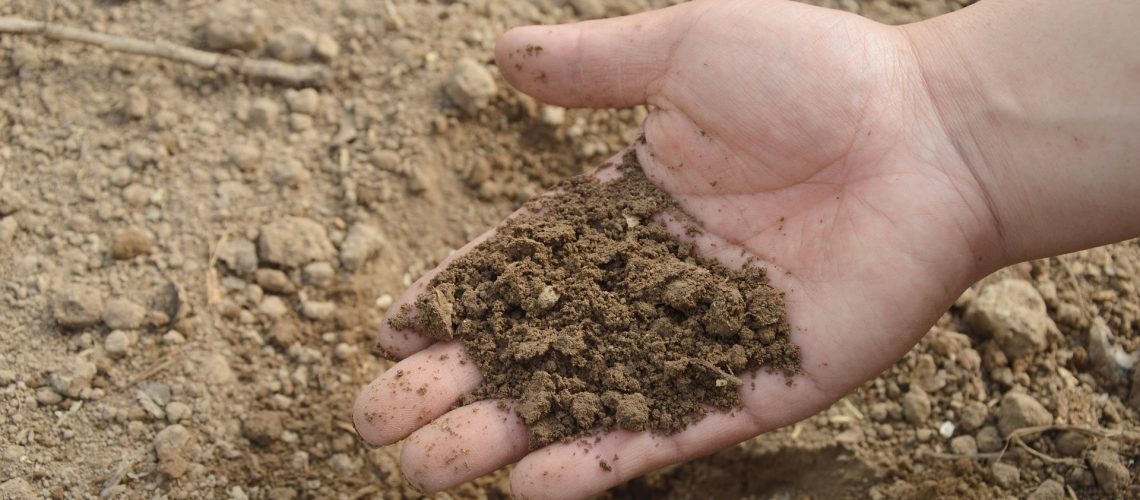Plants don’t require much to grow, but what they do require, needs to be in abundance. Water is one of the primary requirements for plants to grow, along with soil full of nutrients and sunlight. When there isn’t enough water because it hasn’t rained in a while, plants will end up suffering. On a large scale, this can interrupt the production of food. On a residential scale, this can cause plants to die or suffer from more pests and diseases. It is crucial for everyone to understand soil and water conservation, and how it can impact plant growth.
Why Is Water Conservation Important?
Water naturally falls from the sky, so it’s available for plants to use as needed, right? For the most part, this is true, but it does become an issue when there is a drought. As a drought progresses, not only is there no rain, but the water in the area’s soil starts to dry and disappear. Water use is still the same, there’s just less to go around until it finally rains again. Smaller droughts can happen seasonally, but with the changing climate, longer droughts are becoming more common.
Water conservation helps to limit the amount of water needed by plants. When there isn’t a drought, this means more water in the local aquifers, so they are full when a drought starts. When there is a drought, being able to use less water means a reduced impact on plant species and the ability to make it through the drought with minimal loss. Water conservation leaves more water available for the times when it’s needed the most and helps prevent it from running out in local areas experiencing droughts.
What Are The Benefits Of Water Conservation?
Water conservation provides numerous benefits for everyone. A few of the top benefits include the following.
- Save Money — When there isn’t any rain, water must be purchased and used in the yard or plants. Conservation means less water needs to be purchased, and the plants will still thrive.
- Protect Water Resources — Water resources can quickly be depleted when everyone is watering their lawn during a drought. By conserving water, less is used to keep the yard and plants in good health, so the water doesn’t run out as fast.
- Maintains Aquatic Areas — Water has to come from somewhere. When there is a drought, water can end up being pulled from aquatic areas like lakes and springs in the area. If this happens, there is less water for the creatures that call the location home or that rely on it to drink. By conserving water, less is used, so there is more for aquatic areas.
- Saves Energy Use — During periods of drought, water used for yards and plants has to be pumped into place, which uses energy. If the plants are able to survive on less water, then less energy is required to keep them growing.
Microbial Interactions In The Soil
Recent studies into the microbes in the soil have shown an interesting interaction between plants and bacteria. When certain microbes are present, water is retained better in the soil. This means it’s available for use when the plants need it, so the plants don’t need to be watered as frequently. Grass can still be green, but only be watered once or twice a week during the summer, and vegetable plants will have the water they need to produce. With the right microbe interactions, it’s possible to use significantly less water without having disastrous results. Microbes can be added to the soil on a small scale in residential yards or on a large scale, such as in farm soil.
How To Start Conserving Water Today
There are numerous ways to start conserving water, yet still, provide plants with what they need to grow. A few options to consider include the following.
- Don’t Water After it Rains — It’s easy to set the sprinkler system and then just forget about it, but this ends up wasting water. If it has rained, more water isn’t needed. Use an automatic shut-off device.
- Use A Rain Barrel — A lot of the rain that runs off the roof and other areas of the home is wasted — it sinks into the ground near the home and most of it is not available for use where it’s needed. A rain barrel makes it possible to collect the rain and use it during periods of drought.
- Opt For Native Species — Native species should be used whenever possible, as they won’t require as much water to grow. As an added benefit, they’re naturally more pest and disease resistant than species from other areas.
- Use Microbes — Adding plant growth-promoting microbes to the soil can make a huge difference in how much water is needed for the yard or plants to thrive. Once added, microbes can multiply on their own, so they will continue to work to conserve water for years to come.
With more frequent droughts and ones that last longer becoming normal, it’s time to start thinking more about soil and water conservation. Our research at Bactelife has led to the creation of H2Organic microbes that can be added to the soil to help decrease water use for plants, and it’s easy to see results after just one season. It works on any size yard, from small residential properties to larger farms, and is a great way to start conserving more water so it’s available in the future. Visit our website now to learn more about how it can help.


